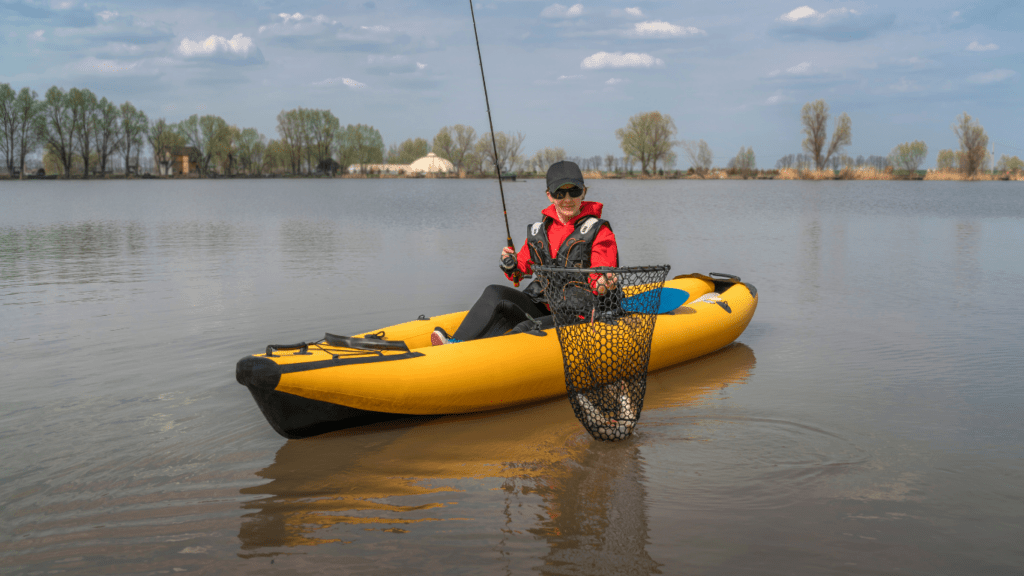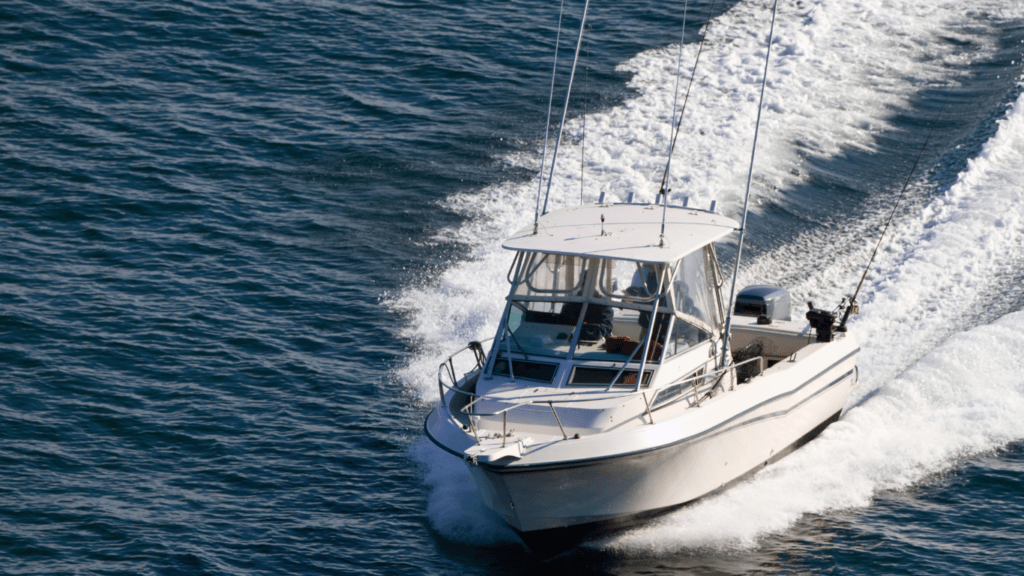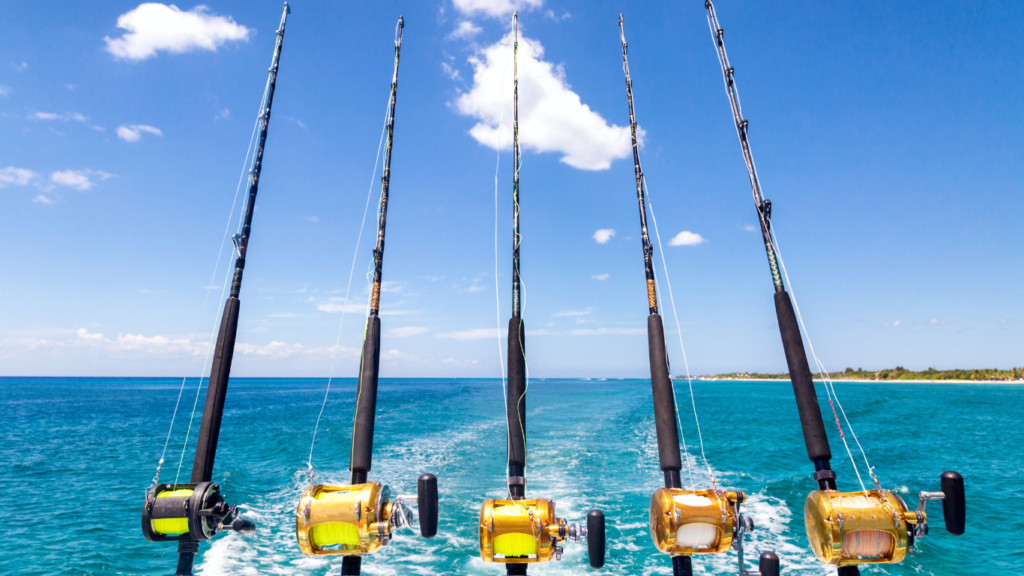When it comes to fishing, choosing the right vessel can make or break your experience. For years, anglers have debated whether fishing kayaks or boats are the better option. Both offer unique advantages, but the right choice depends on your fishing style, budget, and the waters you plan to explore.
Key Differences Between Fishing Kayaks And Boats
Fishing kayaks and boats differ in multiple aspects, from size and cost to storage and transport. Understanding these differences helps match your fishing needs with the right vessel.
Size And Portability
Fishing kayaks are smaller and lighter than boats. With lengths ranging from 10-14 feet and weights around 40-80 pounds, kayaks are easy to move by hand or using a small roof rack. Boats, on the other hand, vary between 16-26 feet for recreational fishing models and often weigh a few thousand pounds, requiring trailers and vehicles for towing. Kayaks offer better portability for solo anglers or those accessing remote fishing spots.
Cost Comparison
Fishing kayaks are more budget-friendly compared to boats. Most kayaks cost between $500-$2,500, depending on features like pedal systems and storage compartments. Boats demand higher investment, with prices starting around $10,000 and rising significantly for models with larger engines and advanced technology. In addition to purchase costs, boats involve higher maintenance, fuel, and storage expenses.
Storage And Transport
Kayaks need minimal storage space and typically fit in a garage or can be hoisted on a wall rack. Transporting a kayak requires only a roof rack or small trailer. Boats, however, demand considerable storage space, like a driveway or marina slip. Hauling a boat also requires a trailer and a capable towing vehicle, adding to logistical requirements. Kayaks excel when space or simple transport options are priorities.
Performance On The Water

When deciding between fishing kayaks and boats, understanding how each performs on the water is essential. Factors like maneuverability, stability, and access to fishing spots can significantly impact your fishing experience.
Maneuverability And Speed
Fishing kayaks excel in tight, shallow waters where precise navigation matters. Their compact size and lightweight design let me maneuver easily through narrow channels and around obstacles, even without a motor. Paddling speeds typically range from 3 to 5 mph, which is sufficient for most fishing scenarios, but not ideal for long-distance travel.
Boats offer significantly higher speeds, often exceeding 30 mph, depending on the motor size. This makes them better suited for covering large water bodies or escaping inclement weather quickly. However, their larger size reduces maneuverability in confined areas, especially where vegetation or rocks are present.
Stability For Fishing Activities
- Fishing kayaks prioritize stability, with many models designed for standing.
- Wider hulls and flat-bottom designs minimize tipping risks, which I’ve found useful when casting or reeling in large catches.
- Some kayaks offer adjustable seats that enhance balance, even during extended fishing sessions.
- Boats provide unmatched stability, especially when fishing in groups or choppy waters.
- The solid structure and weight ensure minimal rocking, even with multiple anglers onboard.
- Larger deck space allows movement without compromising balance, but the additional stability requires more storage and transport considerations compared to kayaks.
Access To Fishing Spots
Kayaks reach remote and hard-to-access fishing spots where boats can’t go. Their shallow draft enables me to paddle through areas with only a few inches of water, making them ideal for creeks, wetlands, and secluded lagoons. Launching a kayak requires minimal infrastructure, allowing entry from riverbanks or small ramps.
Boats are limited to deeper waters due to their hull depth. While they can access open lakes and offshore zones efficiently, they often fall short in reaching densely vegetated or shallow fishing spots. Boat launches require dedicated ramps, which may restrict access to remote locations.
Comfort And Convenience
Fishing comfort and convenience vary significantly between kayaks and boats. Both offer distinct advantages depending on the angler’s priorities and fishing environment.
Seating And Space
Fishing boats provide more seating options and ample space for multiple anglers. Seating arrangements often include padded seats, adjustable features, and room to stretch, making long fishing trips more comfortable. Boats cater well to group outings or families.
Fishing kayaks trade space for simplicity and portability. Many include padded, adjustable seats but lack the room for additional passengers. They’re ideal for solo anglers who prioritize minimalism and compactness over group activities.
Equipment And Gear Storage Options
Boats excel in storage capacity, offering built-in compartments, livewells, and deck space for extensive gear. Anglers using boats can easily carry multiple rods, large tackle boxes, and other equipment, ensuring readiness for diverse fishing scenarios.
Kayaks include strategically designed storage features like bungee cords, hatches, and small compartments. Despite limited capacity, the compact design is effective for essential gear. This makes kayaks a better choice for those carrying only what’s necessary.
Ease Of Maintenance
Boats demand higher upkeep, including:
- regular engine servicing
- cleaning
- repairs
The associated costs, from fuel to dock fees, can add up over time, making boats less convenient for those with limited resources or time.
Kayaks are low-maintenance, with no engines or complex systems to manage. Cleaning involves simple rinsing, and upkeep is minimal aside from occasional checks for wear. This suits anglers seeking a fuss-free fishing experience.
Factors To Consider When Choosing Your Fishing Vessel
Choosing between a fishing kayak and a boat requires examining key factors that align with your fishing needs. These considerations include the type of fishing you do, your budget, and your personal abilities.
Type Of Fishing
The type of fishing determines the suitable vessel. For narrow streams, shallow flats, or areas requiring quiet approaches, I prefer fishing kayaks because their stealth and access are unmatched. Conversely, deep-sea fishing or carrying multiple rods and advanced equipment favors boats due to their capacity and power.
If you’re targeting species like largemouth bass or redfish often found near shorelines, a kayak performs exceptionally. For trolling offshore or accommodating multiple anglers, boats remain the top choice.
Budget And Long-Term Costs
Fishing kayaks cost less initially, with prices typically ranging from $500 to $2,500. Maintenance costs are minimal, especially when compared to gas-powered boats. In contrast, motorboats start at around $10,000, with additional expenses for fuel, insurance, storage, and engine upkeep.
I see kayaks as a practical option for those fishing on a budget. However, for anglers investing in regular group outings or large-scale fishing ventures, a boat offers long-term value despite the higher costs.
Personal Preferences And Skill Level
Skill level influences vessel choice. A kayak suits individuals comfortable using paddles and navigating smaller spaces. They’re ergonomic for solo anglers and don’t require operation training beyond paddling basics.
Meanwhile, boats cater to those with motor handling experience. If I plan trips with friends or prefer advanced electronics like fishfinders and GPS, a boat aligns with my goals. Ultimately, personal preferences like desired comfort, adventure style, and equipment needs largely guide the decision.





